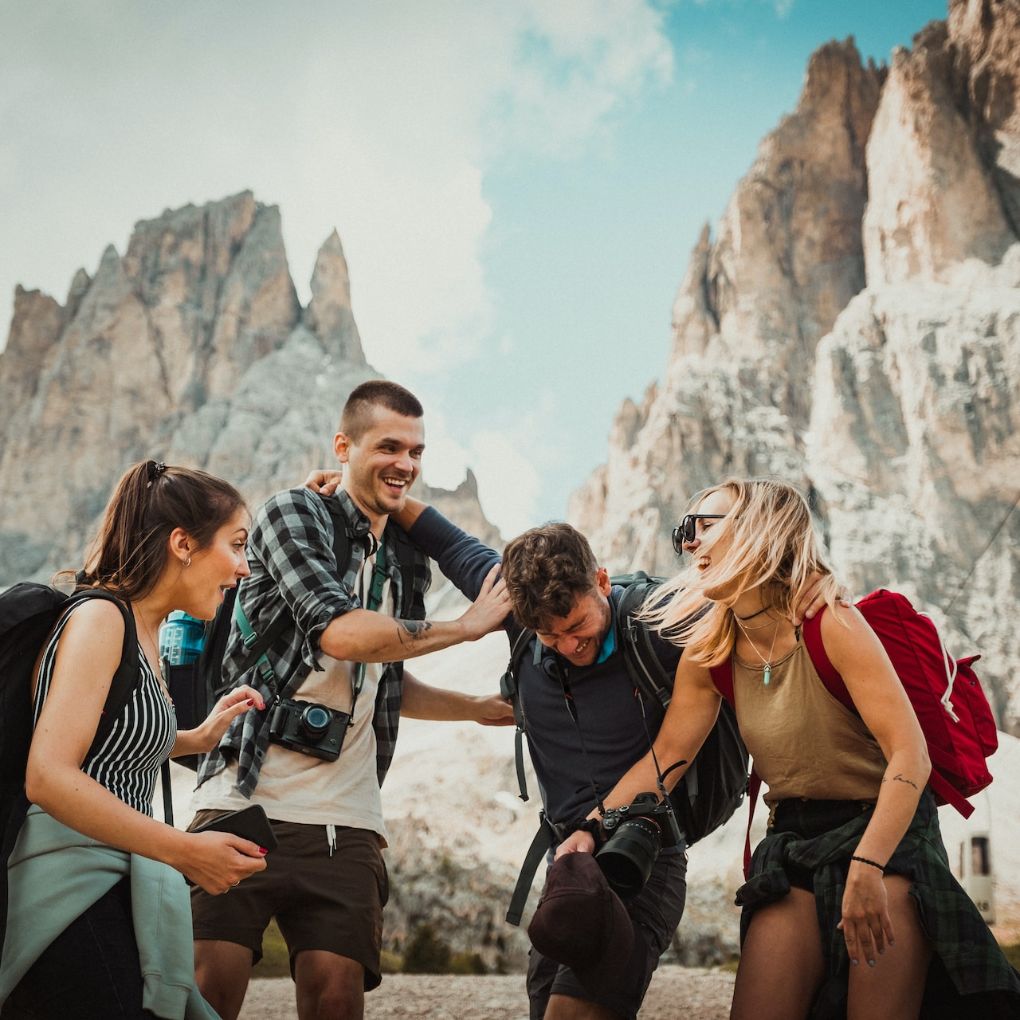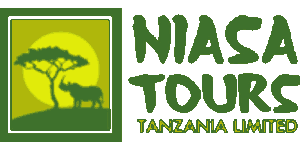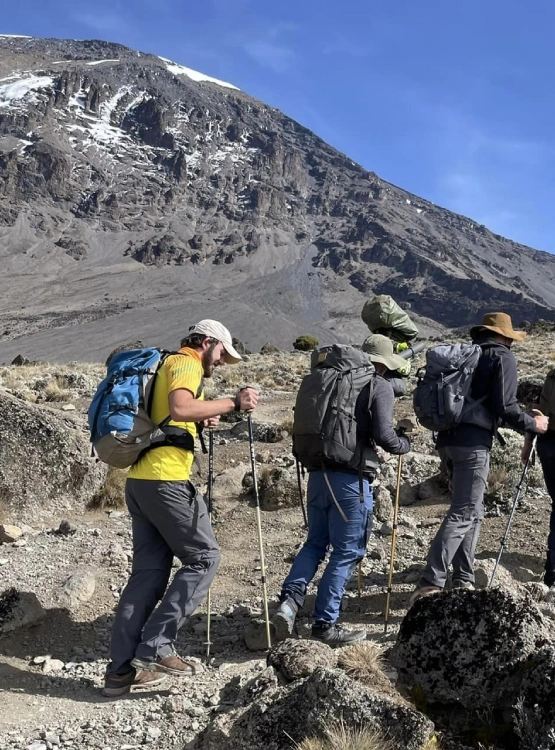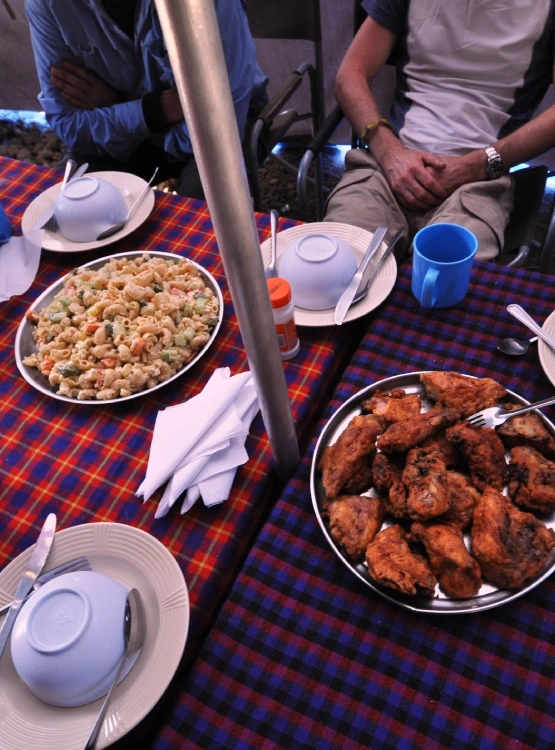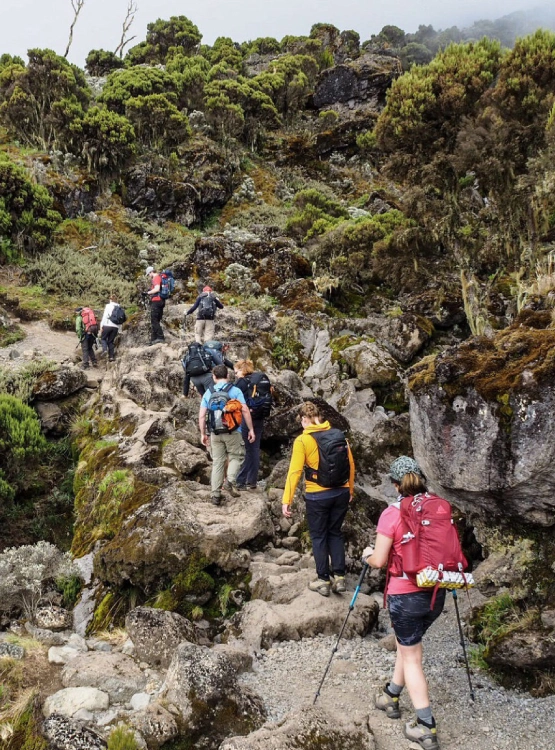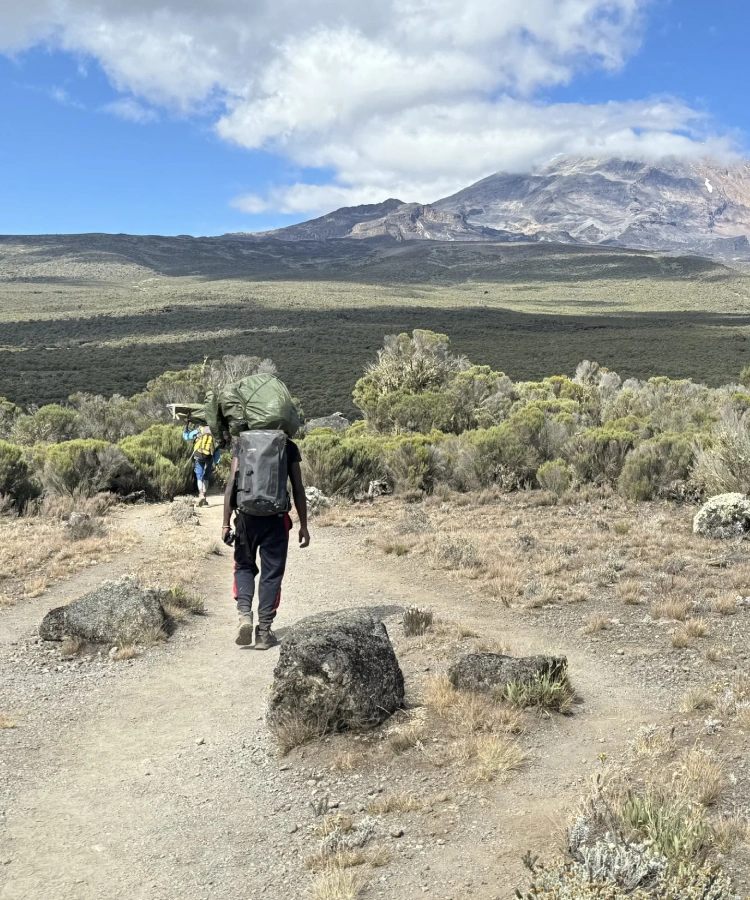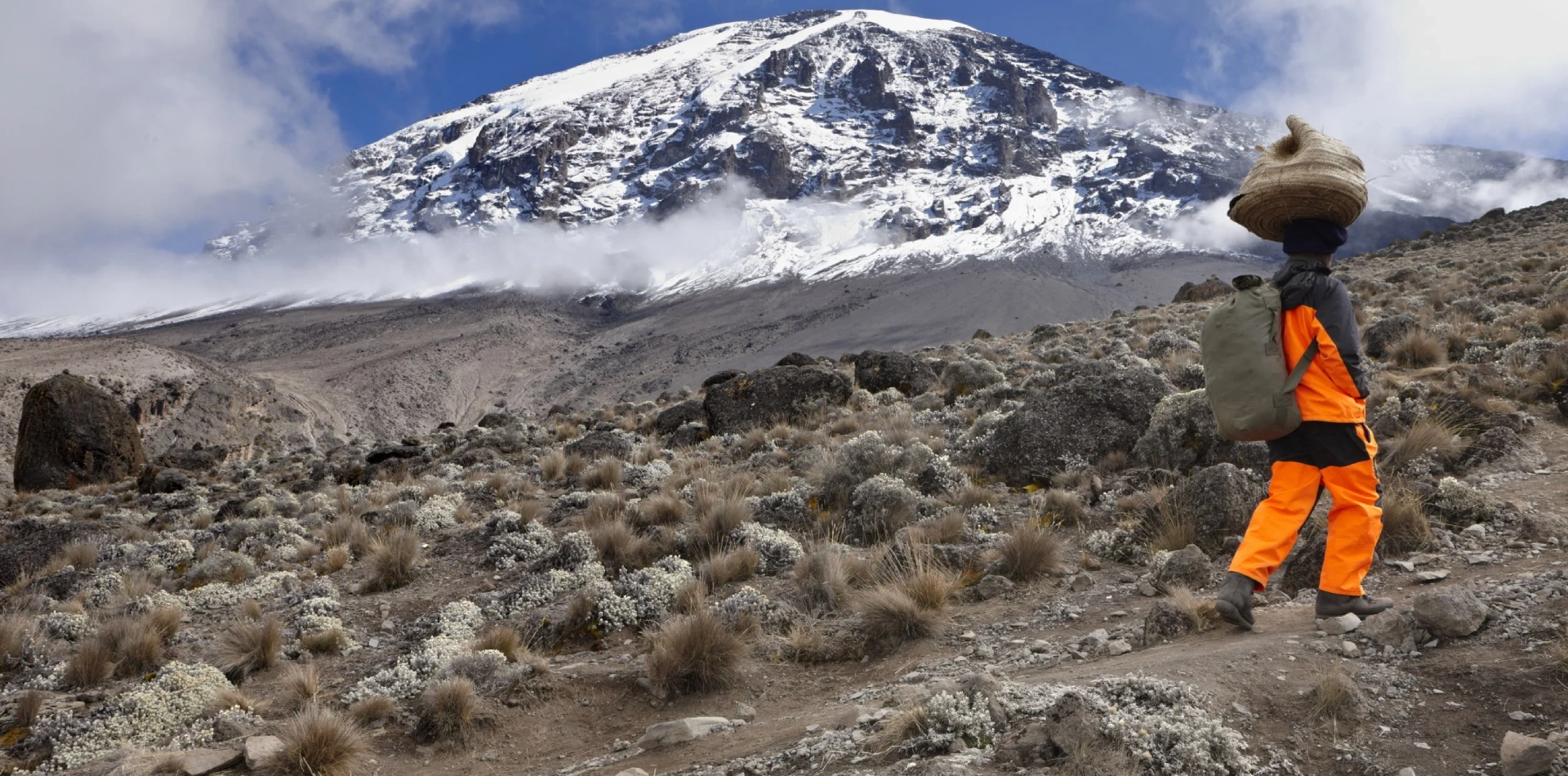
Kilimanjaro Tipping Guide
Essential Tipping Guide for a Smooth Kilimanjaro Climb
Tipping is an important part of the Kilimanjaro experience, as it ensures the support staff are recognized for their hard work. Your guides, porters, cooks, and other crew members play a key role in making your Kilimanjaro Climb successful and enjoyable. While tipping is optional, it is greatly appreciated and helps motivate the team. The general recommendation is to tip a set amount at the end of your trek, based on group size and climb duration. Guides typically receive the largest portion, followed by porters and cooks.
Niasa Tours will help you understand the appropriate tipping scale before your climb, ensuring you feel confident in what to give. Kilimanjaro Tipping not only supports the local economy but also expresses gratitude for the exceptional service provided throughout your adventure. This Niasa Tours Guide helps you understand Kilimanjaro Tipping Etiquette—so you can budget wisely and show appreciation to the dedicated team behind your summit success.
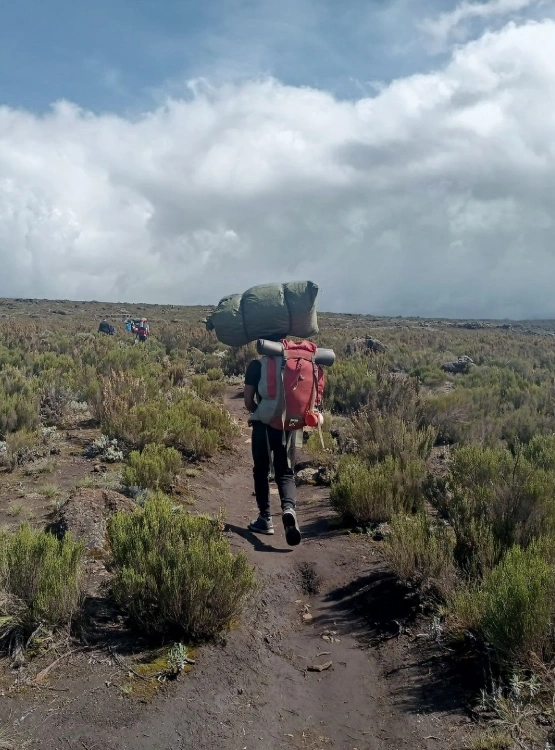
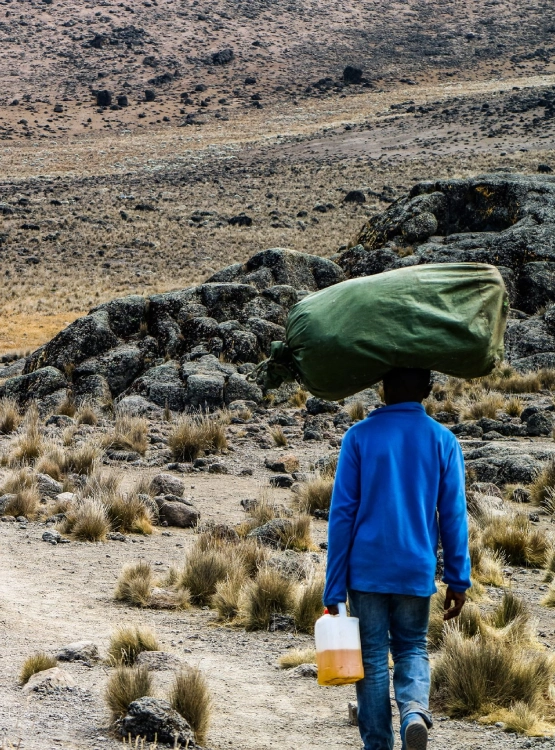
Find The Best Time to Conquer Kilimanjaro’s Majestic Peak
Show appreciation for your Kilimanjaro Crew with proper tipping. Your guides, porters, and cooks work hard to ensure your success. Let them know their efforts matter—tip fairly and make a difference!
Appreciation Gesture
Tipping is a heartfelt way to show your appreciation for the hardworking team that makes your Kilimanjaro climb unforgettable.
Crew Support
Your guides, porters, and cooks work tirelessly to ensure your safety and comfort. Tipping helps recognize their dedication and effort.
Tipping Guidelines
Our team will guide you on appropriate tipping amounts based on your climb’s length, size, and level of service.
Gratitude Reward
A well-earned tip serves as a meaningful reward for your Kilimanjaro crew, expressing gratitude for their hard work and support.
Let’s Explore and Experience
Let’s explore Tanzania together—where every journey is crafted with care, and every moment brings you closer to nature, culture, and adventure. From the Serengeti to Zanzibar, we’re here to guide your unforgettable experience with passion, warmth, and local expertise.
We make it easier for everyone to experience the world
Ready to explore Tanzania’s natural wonders? We’re here to help! Whether you’re planning a once-in-a-lifetime safari or a peaceful nature escape, our team makes travel easy and personal. Reach out today—let’s turn your dream of exploring Tanzania and beyond into reality. We make it easier for everyone to experience the world, one journey at a time. Contact us today!
Need I help? Talk to an Expert
+255767493713 +255690129757
Mountain Climbing FAQs
Discover essential information for climbing Tanzania’s iconic peaks—Mount Kilimanjaro, Mount Ol-Donyo Lengai, and Mount Meru. Learn about the best seasons, difficulty levels, required permits, gear recommendations, and safety tips. Whether you’re a first-time climber or experienced mountaineer, these FAQs provide guidance to help you prepare, stay safe, and make your mountain adventure unforgettable.
Climbing Kilimanjaro is challenging but achievable for fit individuals. It doesn't require technical skills, but altitude and endurance are key factors. Choosing a longer route improves acclimatization and success. Mental preparation, physical fitness, and proper gear make a big difference in your summit experience.
The best times are during dry seasons—January to March and June to October. These months offer clear skies, better trail conditions, and higher success rates. Avoid the rainy seasons for safety and comfort. Early booking is also advised due to route popularity.
Yes, Mount Meru is ideal for acclimatization before Kilimanjaro. It reaches 4,566 meters and offers great altitude training. The trek includes wildlife encounters and scenic ridges, preparing your body for Kilimanjaro’s higher elevation and reducing chances of altitude sickness significantly.
Yes, guided climbs are mandatory for both Kilimanjaro and Mount Meru. Guides ensure your safety, manage logistics, and provide expert support. Their local knowledge enhances your journey. On Mount Meru, park rangers accompany all trekkers due to wildlife presence in the area.
Ol Doinyo Lengai is the only active natrocarbonatite volcano in the world, revered by the Maasai as the “Mountain of God.” The steep climb is rewarded with unique lava flows, spiritual significance, and sunrise views over Lake Natron and the Great Rift Valley.
Altitude sickness can affect anyone above 2,500 meters. Symptoms include headache, nausea, and fatigue. To reduce risk, climb slowly, stay hydrated, and acclimatize properly. Longer itineraries on Kilimanjaro and a Mount Meru pre-climb significantly boost altitude adaptation and summit success.
You’ll need layered clothing, waterproof outerwear, sturdy hiking boots, sleeping gear (for Kilimanjaro and Meru), headlamp, trekking poles, and hydration packs. For Ol Doinyo Lengai, include lightweight but grippy footwear and breathable clothing due to its steep, dusty volcanic terrain.
What Customers Say About Us
